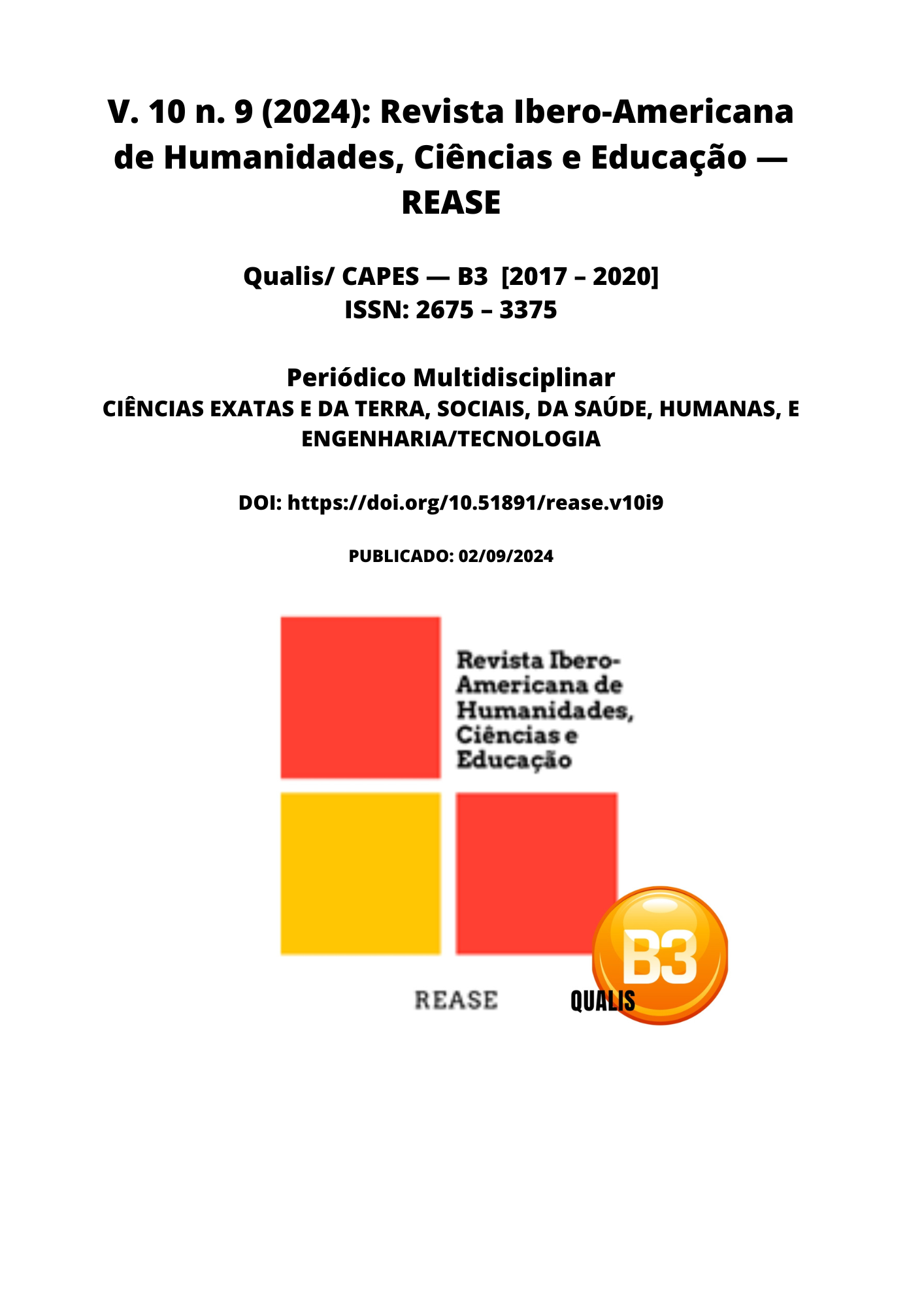SURGICAL TREATMENT OF INFANTILE HEMANGIOMA: MULTIDISCIPLINARY APPROACHES BETWEEN PEDIATRIC DERMATOLOGY AND PLASTIC SURGERY
DOI:
https://doi.org/10.51891/rease.v10i9.15899Keywords:
Vascular tumors. Vascular neoplasms. Vascular proliferation. Laser and systemic medications.Abstract
Introduction: Infantile hemangioma is a benign vascular lesion that frequently presents in childhood, affecting approximately 5-10% of newborns. Characterized by rapid growth during the first months of life, this type of hemangioma can generate aesthetic and functional concerns, especially when located in sensitive areas such as the face and neck. The approach to the treatment of these hemangiomas has been shown to be multifaceted, involving collaboration between pediatric dermatologists and plastic surgeons, since the complexity of each case requires a holistic evaluation and personalized interventions. Surgical treatment, although a less common option due to the potential for spontaneous resolution of hemangiomas, may be necessary in situations of significant functional or aesthetic impairment. Objective: To evaluate surgical approaches in the treatment of infantile hemangiomas, emphasizing interdisciplinary collaboration between pediatric dermatology and plastic surgery. Methodology: The methodology followed the guidelines of the PRISMA checklist, using the PubMed, SciELO and Web of Science databases. Five descriptors were applied: Vascular tumors, Vascular neoplasms, Vascular proliferation, Laser and Systemic drugs. Studies published in the last 10 years that addressed surgical interventions for hemangiomas were included. Inclusion criteria were: peer-reviewed articles, studies focused on pediatric patients and that presented results of surgical interventions. Duplicate articles, publications in languages other than Portuguese or English and studies that did not present relevant clinical data were excluded. Results: The results indicated that the surgical approach is reserved for selected cases, where hemangiomas cause functional impairment, such as respiratory or vision difficulties, or significant aesthetic impairment. Collaboration between dermatologists and plastic surgeons was highlighted as crucial for effective and safe management. Treatment efficacy varied according to the location and complexity of the hemangioma, with many cases benefiting from minimally invasive interventions. Conclusion: The review revealed the importance of a multidisciplinary approach in the treatment of infantile hemangiomas, highlighting that, although many cases resolve spontaneously, surgical intervention is vital for those that affect the quality of life of children.
Downloads
Downloads
Published
How to Cite
Issue
Section
Categories
License
Atribuição CC BY

